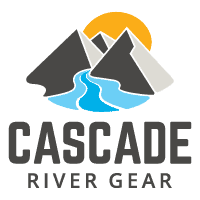Pro Tip: Planning And Packing For A Fishing Trip Pt. 3
After all the above planning and preparation, you’re ready to raft and fish. However, there are a few final things to consider. Just like we leave our campsites as, or better than, we found them, we should strive do the same with our fisheries. The best way to do this is through proper catch-and-release practices.
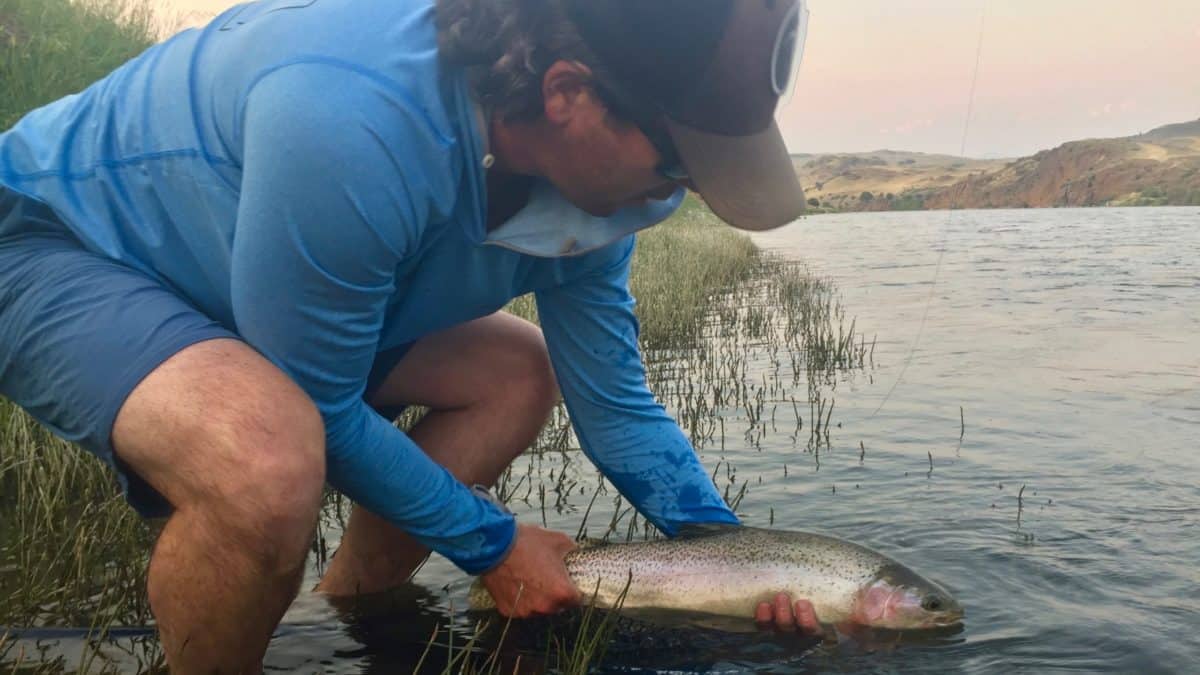
Snap a quick photo to share with your friends | Photo Nick Kelley
Principals
The organization Keep Fish Wet is a great resource for learning about best practices when it comes to catch-and-release. Reading the Keep Fish Wet Principles before your trip will prepare you when you do hook that gorgeous, native cutthroat trout or that native half pounder steelhead. In short, they are:
- Minimize Air Exposure
- Eliminate Contact with Dry Surfaces
- Reduce Handling Time
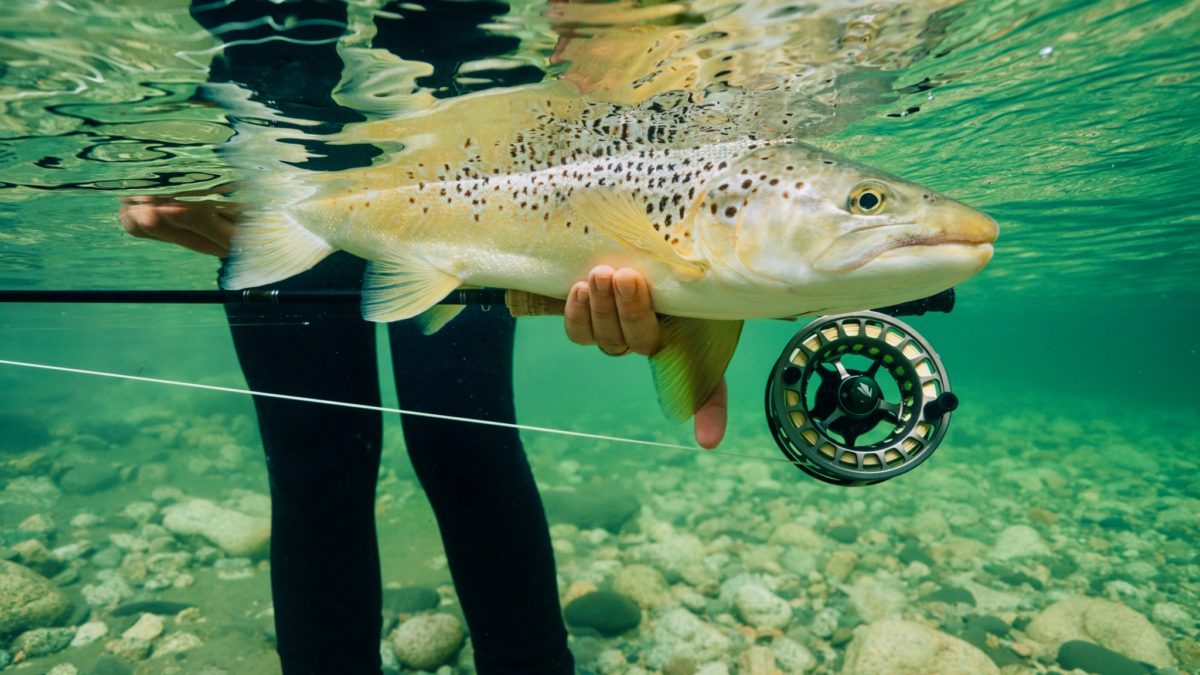
A great view from just under the surface | Photo Nick Kelley
Spawning Fish
It’s also important to be aware of spawning fish. Depending on the species, fish may spawn in spring or fall. As you’ll be floating downstream, you’ll have a great view of the river and any fish that may be on their redds – sections of river where fish lay and fertilize eggs. Learning more about redds is a big topic that deserves its own blog. Here are a couple to check out.
Be aware of the times of year you’re floating and if you’ll encounter spawning fish. Be able to identify redds and let spawning fish be.
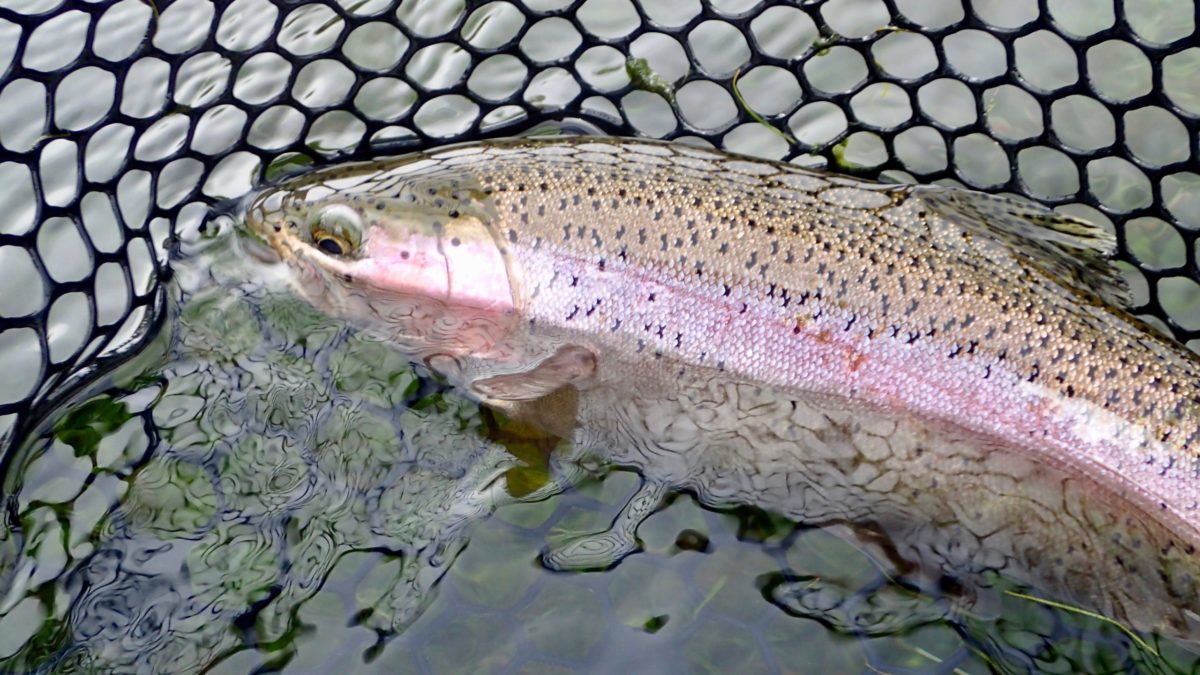
Keep the fish in the water as much as possible | Photo Nick Kelley
Barbless Hooks
An easy way for anglers to minimize impact on delicate fisheries is to fish with barbless hooks. Fishing with barbless flies makes for speedy removal and often with little resistance, ensuring that the fish can be put back in the water and released as quickly as possible. More and more flies are being produced on barbless hooks, so you can find some in any fly shop. But barbs can also be removed by ‘pinching’ them using forceps.
Know When To Call It A Day
Recently, it has become clear that some of our fisheries are in a delicate state. Populations of salmon and steelhead across much of the northwest are at all-time lows. In addition, drought and heat create extremely challenging conditions for trout, salmon, and steelhead to survive. Keep these in mind as you approach your fishing. Carry a thermometer and if water temperatures are high (68-degrees or above), it’s probably best to wait until later in the day or the next morning to fish. If you’ve worked hard to catch a steelhead, consider reeling in and basking in the moment instead of immediately getting your fly back in the water.
Remember, you’re on a river trip, not just a fishing trip. So be flexible in your fishing plans and take the chances you do get. After the trip, if you’re keen to do a fishing-focused multi-day trip, reach out to the folks at Fly Water Travel in Ashland, Oregon. They work with outfitters around the globe who run multi-day fishing-specific float trips.
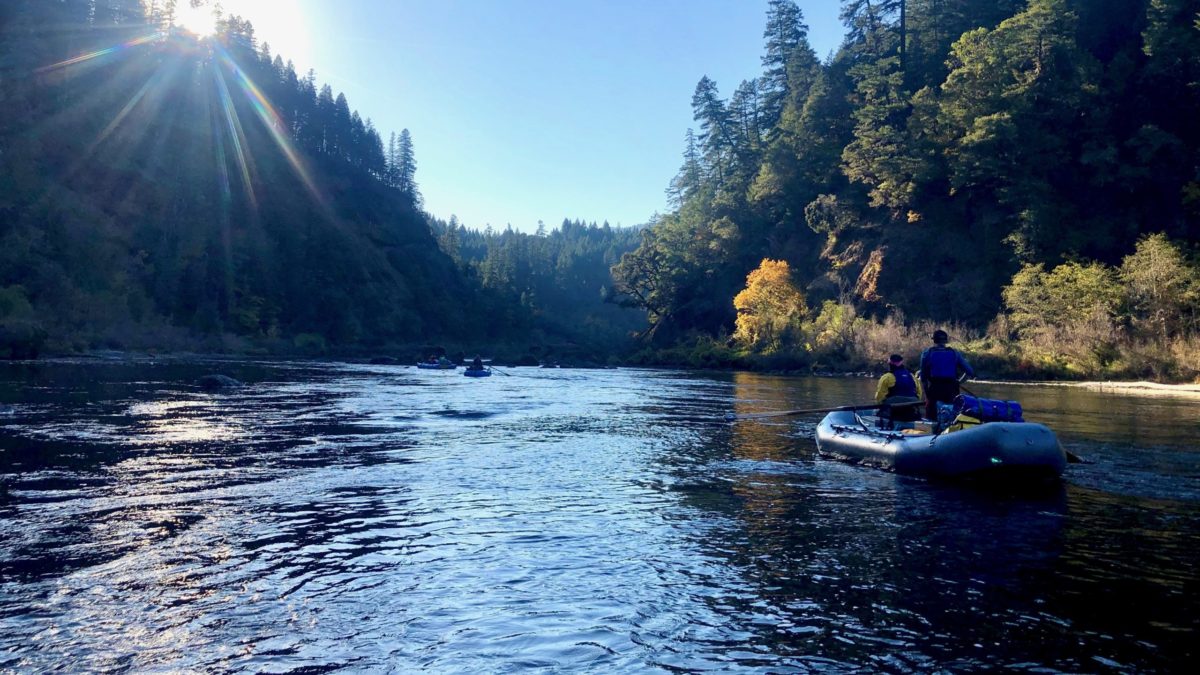
A great day on the river
Support Local Non-Profits, Be Involved And Volunteer
There are a plethora of tremendous organizations and individuals across the country who work tirelessly to protect and conserve the beautiful rivers and fisheries that we all enjoy. Consider becoming a member or donating, if you’re able. Join email lists and educate yourself on current issues facing our watersheds. Perhaps even dedicate some of your own time to helping their work. If you’re not sure of your local organizations, ask a friend! Some larger regional and national organizations of note include:
Lastly, don’t forget to enjoy it! Fishing can be tough sometimes but remember, you’re on a river, in a beautiful place, with awesome people. Cheers to that!
A huge thanks to Jesse for taking the time out of his busy schedule to help get this 3 part blog series out. It has been a lot of work and back and forth emails to get these publish so thanks for sticking to it.

